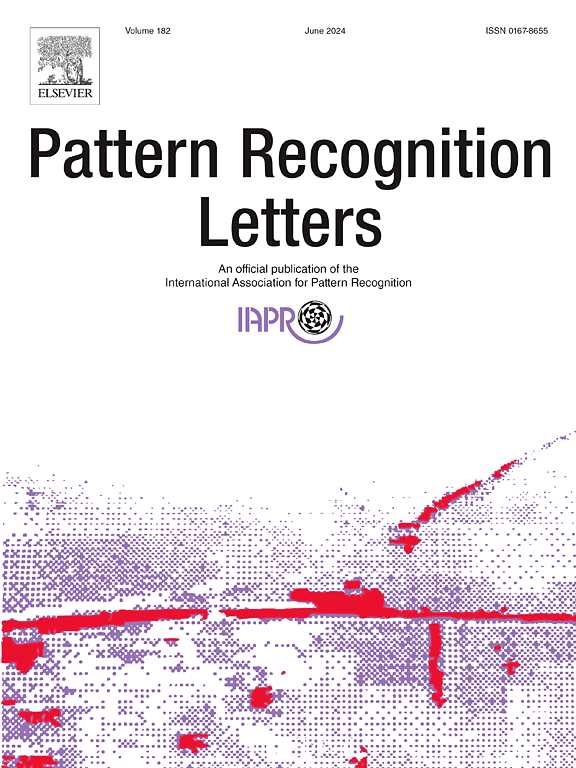加强滥用语言检测:利用 BERT 预训练任务的领域适应性方法
IF 3.9
3区 计算机科学
Q2 COMPUTER SCIENCE, ARTIFICIAL INTELLIGENCE
引用次数: 0
摘要
深度学习方法在自然语言处理中的广泛应用主要归功于它们在不同任务中的出色表现。值得注意的是,基于transformer的模型,例如BERT,由于其显著的功效和跨不同领域的适应性(通过微调)而获得了广泛的欢迎。尽管他们取得了成功,但由于词汇覆盖范围和上下文信息的限制,将这些模型微调到非正式语言,特别是涉及攻击性表达的情况下,面临着重大挑战。为了解决这些挑战,我们提出了BERT语言模型的领域适应来检测滥用语言的任务。我们的方法包括使用两个默认预训练任务的自适应和范式转换来约束语言模型,设计两个专门用于支持自适应预训练任务的数据集,并提出动态加权损失函数。在六个专门用于滥用语言检测的数据集上对这些调整配置的评估显示了有希望的结果,与基本模型相比,观察到显着增强。此外,与最先进的方法相比,我们提出的方法产生了具有竞争力的结果,为有效识别辱骂性语言建立了一个鲁棒且易于训练的模型。本文章由计算机程序翻译,如有差异,请以英文原文为准。
Enhancing abusive language detection: A domain-adapted approach leveraging BERT pre-training tasks
The widespread adoption of deep learning approaches in natural language processing is largely attributed to their exceptional performance across diverse tasks. Notably, Transformer-based models, such as BERT, have gained popularity for their remarkable efficacy and their ease of adaptation (via fine-tuning) across various domains. Despite their success, fine-tuning these models for informal language, particularly instances involving offensive expressions, presents a major challenge due to limitations in vocabulary coverage and contextual information for such tasks. To address these challenges, we propose the domain adaptation of the BERT language model for the task of detecting abusive language. Our approach involves constraining the language model with the adaptation and paradigm shift of two default pre-trained tasks, the design of two datasets specifically engineered to support the adapted pre-training tasks, and the proposal of a dynamic weighting loss function. The evaluation of these adapted configurations on six datasets dedicated to abusive language detection reveals promising outcomes, with a significant enhancement observed compared to the base model. Furthermore, our proposed methods yield competitive results when compared to state-of-the-art approaches, establishing a robust and easily trainable model for the effective identification of abusive language.
求助全文
通过发布文献求助,成功后即可免费获取论文全文。
去求助
来源期刊

Pattern Recognition Letters
工程技术-计算机:人工智能
CiteScore
12.40
自引率
5.90%
发文量
287
审稿时长
9.1 months
期刊介绍:
Pattern Recognition Letters aims at rapid publication of concise articles of a broad interest in pattern recognition.
Subject areas include all the current fields of interest represented by the Technical Committees of the International Association of Pattern Recognition, and other developing themes involving learning and recognition.
 求助内容:
求助内容: 应助结果提醒方式:
应助结果提醒方式:


